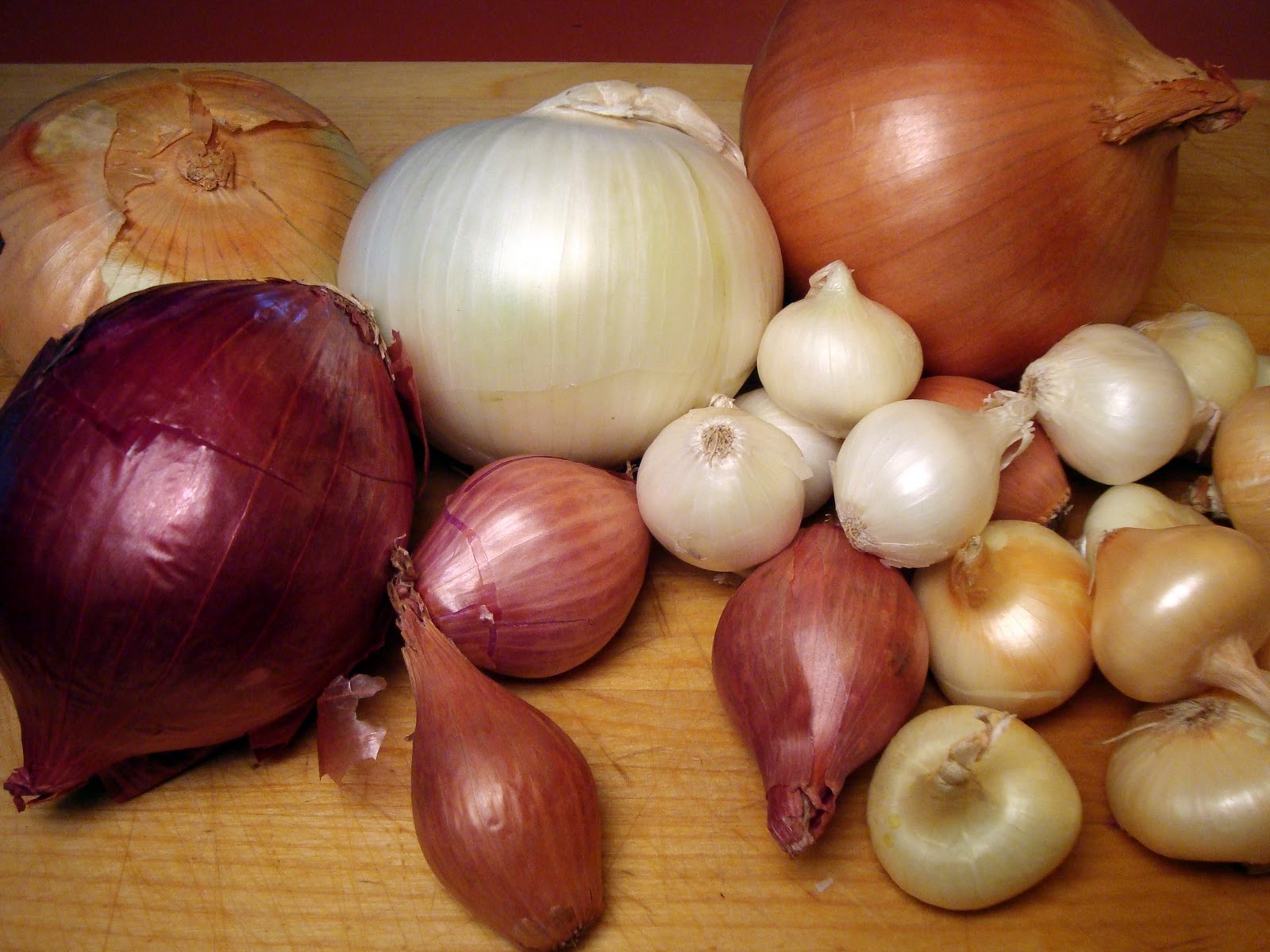Onions Have Been Around for Years
TEXARKANA, Ark. –
Onions have been used for over 4,000 years and are likely natives of Southern Asia or the Mediterranean region. They are versatile, and can transform dishes with its pungent taste and odor.
There are two main classifications of onion- spring/summer fresh onions and fall/winter storage onions. Spring/summer fresh onions will be showing up at farmers markets available in yellow, red and white soon. These can be identified by their thin, light-colored skin. Because they have higher water content, they are typically sweeter and milder than storage onions. This higher water content also makes them more susceptible to bruising.
With its delicate taste, the spring/summer onion is an ideal choice for salads and other fresh and lightly-cooked dishes. In fact, if you cook onions at too high a temperature, they will have a bitter taste.
The other classification of onions is the fall/winter storage onions. These are available from August through April. They too are available in yellow, red and white; however the difference between fresh onions and storage onions is in the layers. Storage onions have multiple layers of thick, dark, papery skin. They have an intense flavor and a higher percentage of solids. It is best to use storage onions for savory dishes that require longer cooking times or more flavor.
Onions come in three colors - yellow, white and red, or purple as referred to by many.
Yellow onions are full-flavored and are a reliable standby for cooking almost anything. Yellow onions turn a rich, dark brown when cooked and give French Onion Soup its tangy sweet flavor. The red onion, is a good choice for fresh uses or in grilling and char-broiling. White onions are the traditional onion used in classic Mexican cuisine. They have a golden color and sweet flavor when sautéed.
If you understand the two distinctive types of dry onions, buying and storing them will pose no problem. Onions are sold either in pre-packed sacks or in bulk. When buying onions, choose those that are heavy for their size with dry, papery skins with no signs of spotting or moistness. Avoid those with soft spots or bruising.
The storage onion is an original convenience food. It can be stored in a cool, dry place with good air circulation. Humidity will cause spoilage in dry onions. Don't store in piles, since a single layer ensures longer life.
Spring/summer onions have a thinner skin and should also be firm but not as hard as a storage onion. Choose onions free of cuts and bruises. Remember fresh onions are more delicate and need more care than the storage onion and will not keep as long. They should be stored in a well ventilated, cool dry place or refrigerated to sustain their quality. Once cut, either type of onion should be wrapped, refrigerated and used within 4 days.
If you are an onion lover, there is good news for you. Onions are low in calories yet add wonderful flavor to a wide variety of foods. With only 30 calories per serving, onions are sodium, fat, and cholesterol free, and provide dietary fiber, vitamin C, vitamin B6, potassium, and other key nutrients.
For more information, contact the Miller County Extension Office, 870-779-3609 or visit us in room 215 at the Miller County Courthouse. We're online at chadley@uada.edu, on Facebook at UAEXMillerCountyFCS/CarlaHaleyHadley, on Twitter @MillerCountyFCS or on the web at uaex.uada.edu/Miller. Learn how to grow them by clicking Growing Onions
This cucumber and onion salad is quick and easy to make and uses sugar substitute. It is fine to use regular sugar in place of the substitute but it will change the nutrition facts.
Cucumber and Onion Salad
2 1/2 cups thinly sliced, unpeeled cucumbers (sliced lengthwise)
1/2 cup peeled and thinly sliced red onion
1/3 cup sugar substitute
1/3 cup white vinegar
1/4 teaspoon salt
1/8 teaspoon black pepper
Toss cucumbers and onions together in medium, non-reactive bowl. Set aside. Whisk together remaining ingredients in separate bowl until blended. Pour over cucumbers and onions. Cover and chill 2 hours; stir several times. Makes 6 (three fourth cup) servings.
Nutrition Facts: Total Calories: 15; Total Fat and Cholesterol: 0mg; Sodium: 100mg; Total Carbohydrate: 3g; Sugars: 2g
By Carla Haley-Hadley
County Extension Agent - FCS
The Cooperative Extension Service
U of A System Division of Agriculture
Media Contact: Carla Haley-Hadley
County Extension Agent - FCS
U of A Division of Agriculture
Cooperative Extension Service
400 Laurel Street, Suite 215 Texarkana AR 71854
(870) 779-3609
chadley@uada.edu
The Arkansas Cooperative Extension Service is an equal opportunity institution. If
you require a reasonable accommodation to participate or need materials in another
format, please contact your County Extension office (or other appropriate office)
as soon as possible. Dial 711 for Arkansas Relay.
Pursuant to 7 CFR § 15.3, the University of Arkansas System Division of Agriculture
offers all its Extension and Research programs and services (including employment)
without regard to race, color, sex, national origin, religion, age, disability, marital
or veteran status, genetic information, sexual preference, pregnancy or any other
legally protected status, and is an equal opportunity institution.
